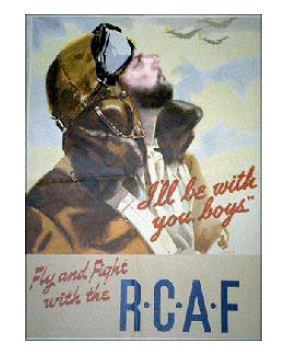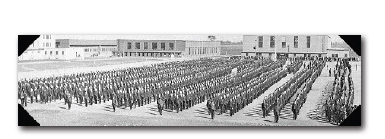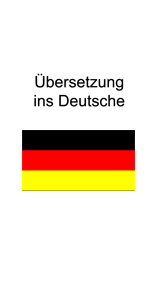Initial Training School
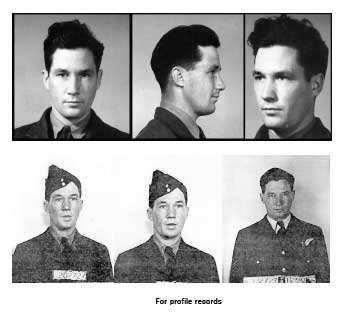
- Training Classes Saskatchewan Canada
April 28, 1943
Off to Regina, Saskatchewan.
The Initial Training School, informally called the I.T.S., was basically a
"ground school" where some clever people decided whether a person should go off to (a) pilot training, (b) air observer training or (c) wireless operator-air gunner training or (d) straight air gunner training.
Trainees were immersed in a five week basic training class that covered air force
law, navigation, meteorology, aircraft recognition, the theory of flight,
mechanics and, of course, discipline. Nine out of 10 men wanted to be trained as pilots.
Gibb was one of these nine who wanted to be a pilot. Those who failed the aptitude and preliminary flying tests were re-ustered as navigators and bomb aimers.
This was the case with Gibb.
Regina was one of many locations for training centers that were opened during
the war under the auspices of the BCATP. Britain had proposed the plan to Canada
on
September 26, 1939, less than a month following the German assault on Poland.
The BCATP agreement was signed at Ottawa on December 17, 1939.
In addition to the Initial Training School, Regina hosted an elementary flying school and an air observer school. At ITS, candidates followed a strict regimen
of classes, marching, cleaning, and physical training. There was no flight training at initial schools. They were ground schools, "boot camps" where trainees learned basic aeronautics and mathematics.
The BCATP was not for the lazy.
Despite the passage of six decades, the school building that housed the ITS in
Regina still stands. It last served as the home of the Fine Arts Faculty of the
University of Regina.
Aircrew trainees graduated from ITS to a specialized school that matched their
capabilities. Future pilots were sent to Elementary Flying Training School
(EFTS). Those training to be air bombers, air gunners, navigators or wireless operators were sent to the appropriate school, Gibb was sent to Quebec on September 17, 1943.
Recruits going into air bombing were trained not only to drop bombs accurately, but to assist navigators as well. They spent eight to 12 weeks at B&GS and six weeks at an AOS. Air gunners underwent a 12 week program at B&GS that included ground training and air firing practice.
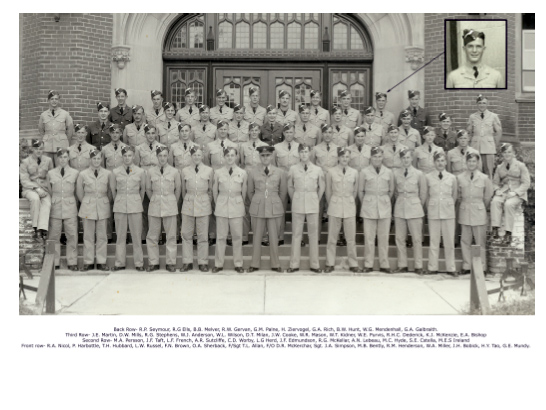
August 31, 1943
Finished No.2 Initial Training School in Regina, Saskatchewan. He did not do so
well in the four ground subjects of navigation, buzzer, lamp and A.G.R. The
Commanding Officer’s recommendation was that Gibb. being cool and not easily
upset, should be able to cope with the course for Air Gunner and fulfill his wish to remain in air crew.
Sept 11- 17, 1943
Took special leave.
Sept 17- Oct 29, 1943
Off to Quebec. I.A.G.G.T
